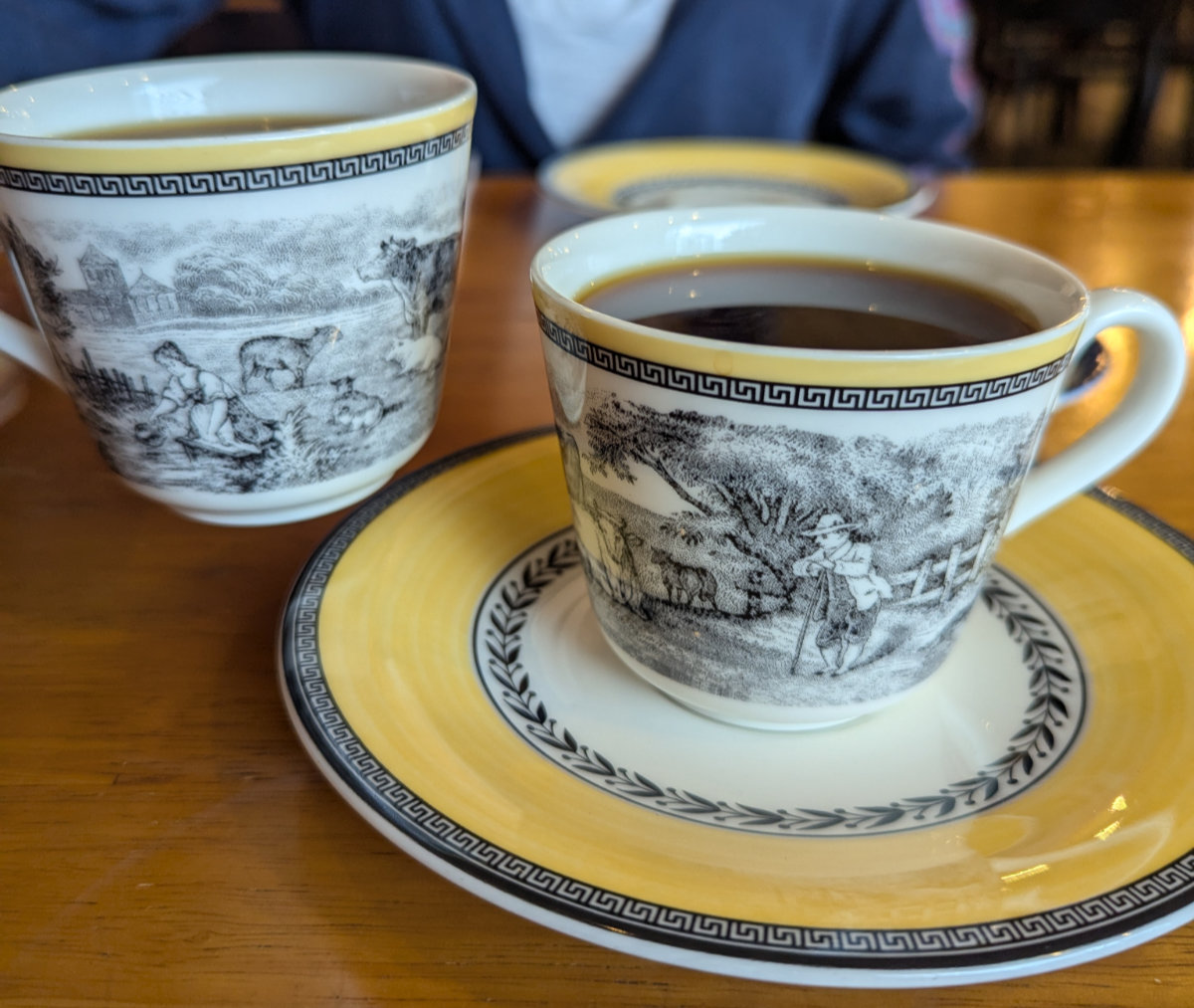In the 1990s and early 2000s there existed a cliche screenplay writer or author sitting in Starbucks, sipping a drink and typing away on a laptop with visions of a bestseller and an air of self-importance. As a student, I too would sit at coffee shops late at night, drinking a gateway coffee and studying or sketching with a friend.
Time flew by, and I passed into a different phase of life, one with fewer late night caffeine binges and creative dreams to change the world. Somewhere along the road during my hiatus from cafe life, the culture changed. The 24 hour coffee shops filled with writers and students in my town evaporated. Gone was the late night hum of background music and warming smells of hot drinks filling the air.
The culture was replaced by fewer cafes, shorter hours and table time limits. No more comfy chairs, stools and tables- replaced by waiting lines and customer queues, slots for online orders, pickup counters, and a frenzy to get a drink and get out. Picking on Starbucks, I might even characterize some of the design decisions in their stores to be hostile toward customers, similar to the way city benches are now commonly made to prevent comfort for the growing homeless or unhoused population from sleeping on. Fewer chairs, uncomfortable ergonomics, and customer churn permeate the atmosphere.
Local boutique coffee roasters or premium shops have thankfully filled in the gaps. Some are like curio shops, others like industrial workshops, all of them have atmosphere. On the flip side though, most have limited hours, causing me to lament and wonder where the evening coffee spree can carry on past 5pm?
I’m not writing to criticize these practices or hours, it’s just an observation. There are valid business decisions, safety concerns, economic, insurance, and life balance considerations to factor in. Not to mention that for every picturesque memory of a late night in a local cafe, there are just as many memories of people who took advantage of the long hours, setup shop all day taking space like it was their own home or office, or causing any number of disorderly issues.
Ultimately, it may be simply that the zeitgeist, the culture has changed. The businesses have changed alongside, and in certain respects, some of the magic has been lost along the way.
Halfway around the world, in Korea, coffee shops exist en masse. Korea’s history with coffee goes back a long way, but it has reached dizzying heights of popularity today. At certain times of day the cafes are awash with droves of people. The busiest time of all is just after noon, when office workers finish lunch and make their daily pilgrimage with their colleagues. Coffee is life.
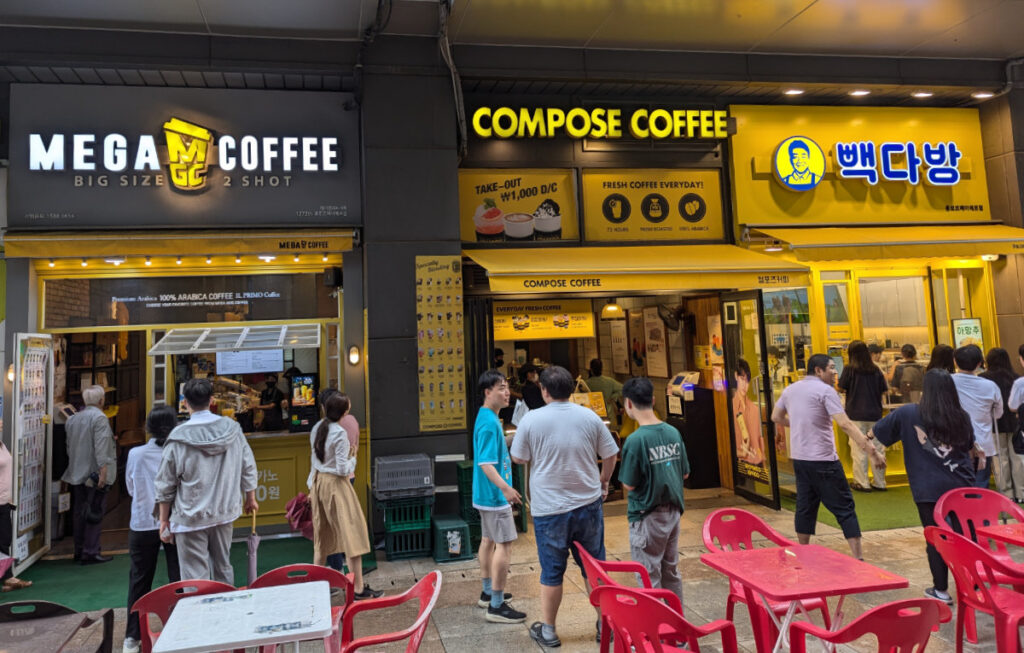
Some sit, some get drinks to go and walk. It is striking to notice that even if it’s wintery cold outside, iced Americano “ah ah” (아아) is the order of the day. There’s an expression, “얼죽아” short for “얼어 죽어도 아이스 아메리카노” roughly meaning, “even if I freeze to death, I want iced Americano.” Coffee is life.
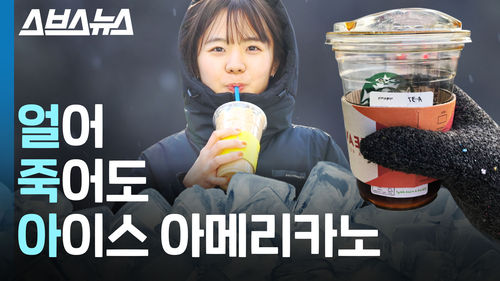
The beauty of it all, is that Korea’s cafe culture crosses styles and generations. Striking a balance between the old “sit-in and socialize,” with the modern, “get it and get out as fast as you can.” You don’t even have to be there in person. Order online, and you can even have it delivered right to your door if that’s more your pace.
If you do visit a cafe in person, you’ll find a streamlined ordering process, typically with a digital kiosk outside, where the coffee can be given to you right out the shop window, as well as a kiosk inside if you plan to sit. The kiosks support multiple languages and customizations too. Great for any travelers in need of coffee but who are shy to place the order due to language barriers. The kiosks free up the baristas to focus on making quality coffee, while also making the experience easy for introverts. Meanwhile, the cafe seating and atmosphere still provide an experience for those who want to sit a while and talk.
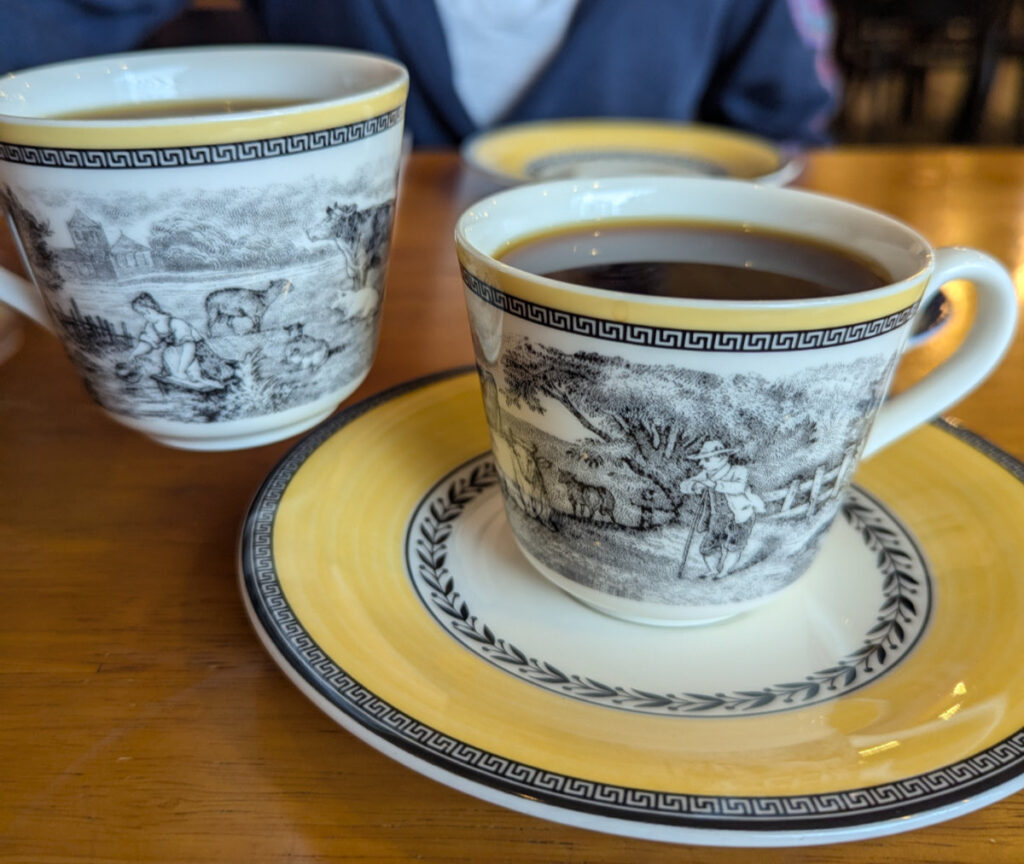
Coffee is more affordable as well, perhaps due to stiff competition. I bought a discounted iced Americano just this morning for 1500 won (just over a dollar at the time of writing). Sure, typical prices are closer to $2, but you get the picture. I also picked up a stamp for being a frequent customer.
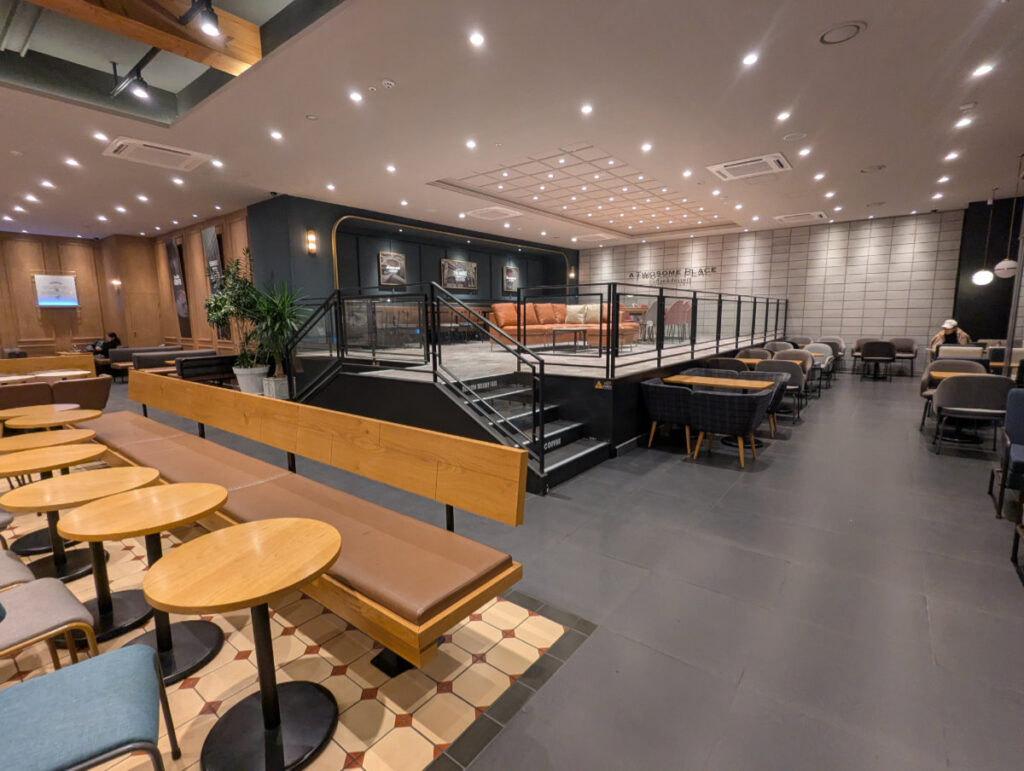
While acknowledging that Korean coffee shops don’t face the same challenges that American cafes do, it’s clear that they have found a good balance between types, and generations of coffee drinkers. Students can study, office workers stop by for informal meetings, friends and neighbors chit chat, or they can swing in and out in the blink of an eye.
There are chains as well as local cafes of all shapes and sizes. There is truly something for everyone. We love the variety, the prices, the quality, and being equally able to get a drink to go, or sit and savor. With so many choices, and such good prices, there’s always a reason to have a coffee, always a place to do so, no matter your personality or mood.

